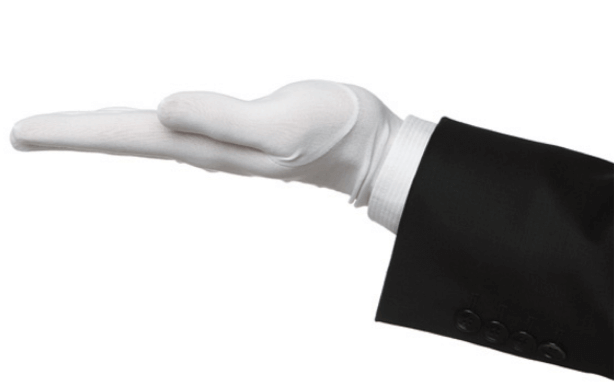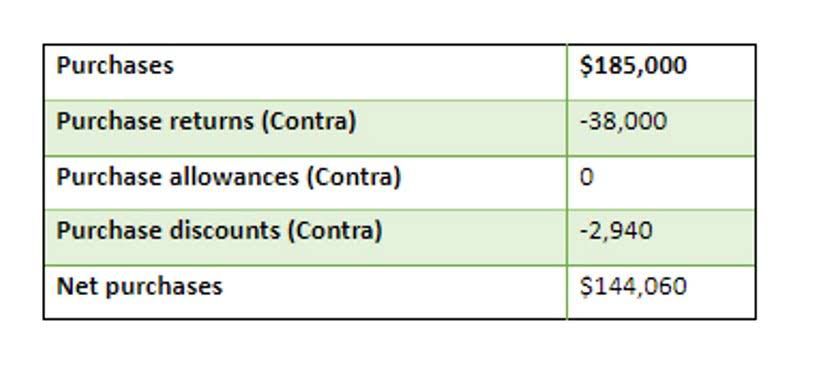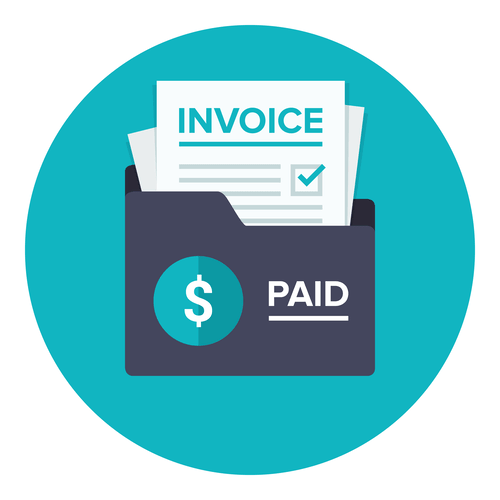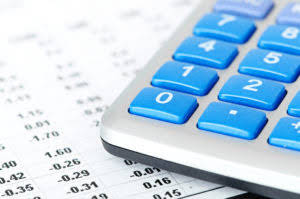Outstanding Shares Definition and How to Locate the Number

This lowers the number contra asset account of outstanding shares as the company purchases a portion of its stock. The remaining shares increase in value because the same earnings are now distributed among fewer shares when a company repurchases its shares from the market. Deferred shares (founder shares) are usually given to important people within the issuing company.

How to calculate outstanding shares
They are not appropriate for investors seeking strong growth potential or a say in company decisions. Understanding how outstanding shares work is critical for investors to make informed stock purchase or sale choices and for companies to regulate their capital structure and attract investment. Outstanding shares work in the same manner that when a company decides to issue stock, it produces new shares that investors can buy and sell. These shares are sold in an initial public offering (IPO) or later secondary offers.
Weighted Average Share Outstanding Calculation Example #2
In addition, most public companies don’t need to issue more shares, at least in the number required to bump up against the Partnership Accounting authorized maximum. Understanding how to calculate outstanding shares for a public company would appear to be a simple matter. These articles have been prepared by 5paisa and is not for any type of circulation. 5paisa shall not be responsible for any unauthorized circulation, reproduction or distribution of this material or contents thereof to any unintended recipient.
- Shares outstanding and weighted average shares are both numbers that can help an investor understand how well a company performs over time.
- From there, scroll down until you find the section in the 10-Q or 10-K called “Capital Stock.” All the details you need will be there.
- These shares are not considered outstanding because they are not held by public or institutional investors.
- This, in turn, tells you which investors hold the largest numbers of shares, and therefore have the most influence at shareholder meetings.
- Preferred shares take priority over common shares, in terms of asset distributions in the event of bankruptcy.
- In the subsequent step, the TSM assumes the entirety of the proceeds from the exercising of those dilutive options goes towards repurchasing stock at the current market share price.
- Companies may do this to increase their share price, such as if they need to satisfy exchange listing requirements or want to deter short sellers.
The Statement of Changes in Equity
- They also disclose contingent liabilities, commitments, and related party transactions, offering a fuller picture of a company’s financial health.
- As an example, let’s say that a fictional business, the Helpful Fool Company, has authorized 5,000 shares.
- After initial public offerings or SPAC (special purpose acquisition company) mergers, pre-existing owners usually have “lock-up” requirements that prohibit selling for a period of time (usually at least 90 days).
- After you have the total shares issued and treasury shares, you can use the formula to compute the number of outstanding shares.
- The percentage of ownership for each shareholder remains the same, meaning that the value of each share decreases.
The Weighted Average Shares Outstanding represents a company’s normalized, time-weighted common share count across a specified period of time. Therefore, if a company owns any diluting securities, that would indicate a potential increase in the number of shares outstanding in the future. These are the shares a company has issued to investors, both publicly and privately. Learn how to locate and interpret shares outstanding on a 10-K form by reviewing key sections like the cover page, financial statements, and disclosures.
A company’s balance sheet provides excellent insight into its overall health. And it also enables you to understand some of the moves a company makes if the basic values drastically change from one reporting period to another. One way you can determine these moves is by watching out for the number of shares outstanding.
- Unissued shares refer to any shares that have been authorized but are yet to be distributed to shareholders.
- Of these terms, the two that you need in order to determine the number of outstanding shares are issued shares and treasury shares.
- In other words, as in this example, those shares would not be counted if they improve results, which happens most frequently (though not invariably) when the company is not profitable.
- This section provides the sum of the total authorized shares, the total number of shares outstanding, and the total floating shares.
- It is adjusted to account for any changes in the number of shares outstanding over that time, such as share issuances or repurchases.
- A reverse stock split exchanges existing shares for a proportionately smaller number of new shares.
- Fully diluted outstanding shares is the total number of shares that would be outstanding if all potential shares were exercised or converted into common shares.
A company considers the total amount of shares it has authorized to issue and has issued to shareholders, including both outstanding and treasury shares, as issued shares. Companies include authorized but unissued shares that have not yet been offered to investors in the number of issued shares. Total shares issued refers to the total number of shares issued by the company.

Basic EPS = Basic Weighted Average Shares
Obviously, those option holders in theory could exercise their options to create new shares. Should they do so, however, they would also contribute $50 million in cash to the corporate treasury. how to find number of shares outstanding We pro-rated the weighted average number of shares according to their duration. Simply put, the funds generated from issuing new shares were available to the Company for nine months only; hence, these numbers were pro-rated.

Looking at several examples of stockholders’ equity on different company balance sheets, you may notice a treasury stock line item on several of them. Authorized stock is the total number of stock or shares that a company is legally allowed to issue. It includes the shares owned by company management, shareholders and institutional investors such as hedge funds.
#5 – The Company has done a Share Reverse in the Ratio 2:1

The stock is trading at Rs.100 per share, giving the company a market capitalization of Rs.100,000.ABC Corporation launches a share repurchase program to buy back 100 shares of its stock. When it comes to investing in the stock market, one important concept that investors need to understand is outstanding shares. Outstanding shares refer to the total number of shares of a company’s stock that are currently owned by investors, including institutional investors, insiders, and the general public. Understanding outstanding shares is crucial because it can help investors make informed decisions about buying, selling, or holding a particular stock. The next step is to find the treasury stock line item on the company’s balance sheet.

